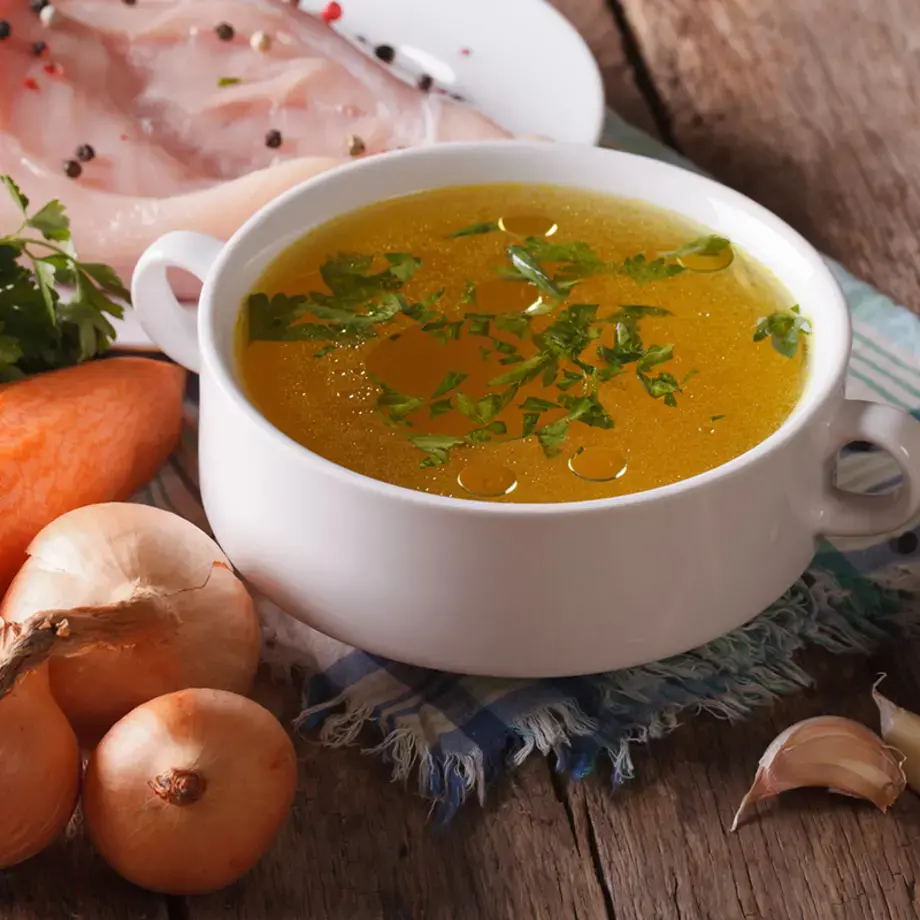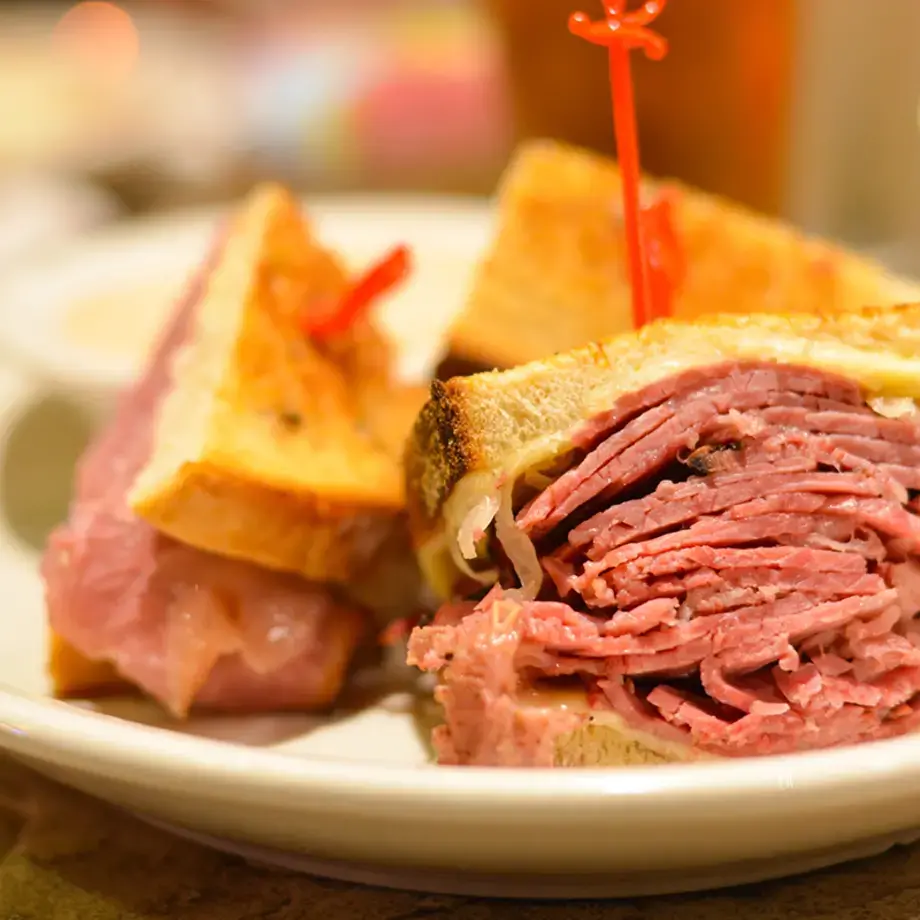Lime zest is a great way to add a touch of zingy citrus flavour to your cooking. Zest is simply another word for the flavourful and aromatic peel of the fruit, which is usually removed using a tool called a zester. If you don’t have a zester, however, there are plenty of other ways to zest a lime using everyday kitchen utensils.
Whatever you use to zest a lime, the first step is always to remove the wax. A lot of retailers will add a layer of wax to fruit to make it look shiny, and while this should be safe to eat, it doesn’t taste great. The easiest way to avoid waxy zest is to buy unwaxed limes, but if you can’t find any, or you’re not sure if they’re waxed or not, it’s best to give them a quick wash first.
Boil a pan of water or kettle, place the limes in a colander, and pour over the boiling water, making sure to cover each fruit as well as possible. Give the colander a few shakes to turn them over. When the limes are cool enough to touch, give them a good scrub with a vegetable brush, and dry thoroughly.










